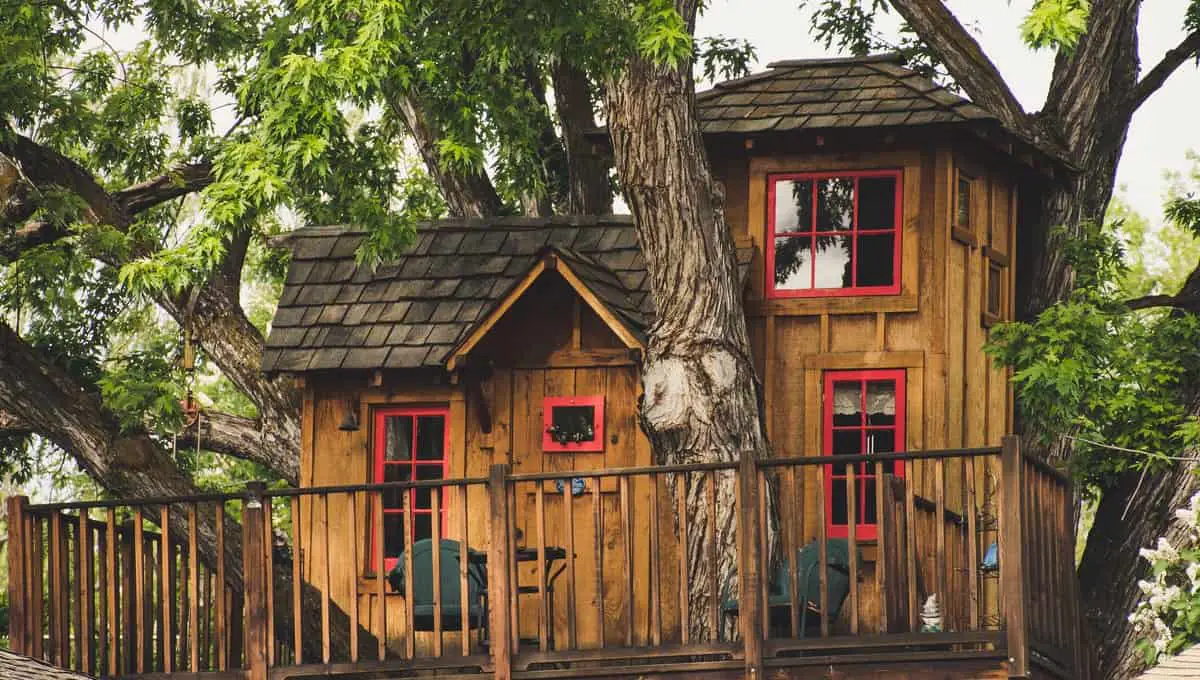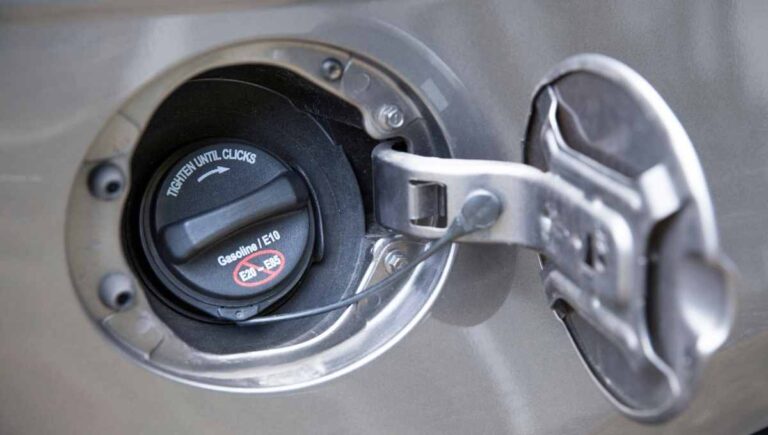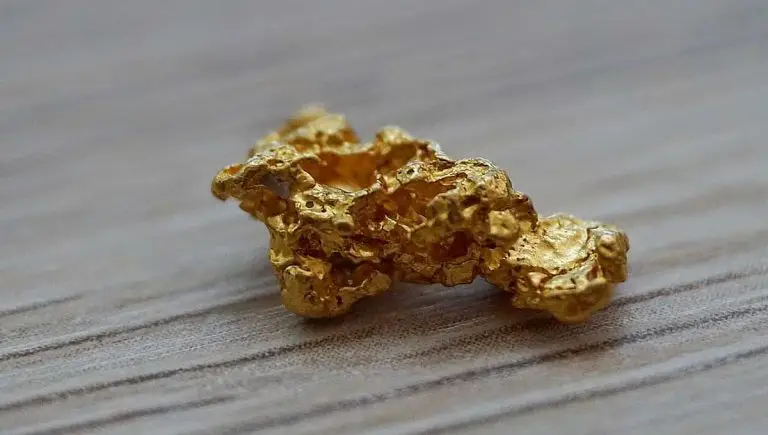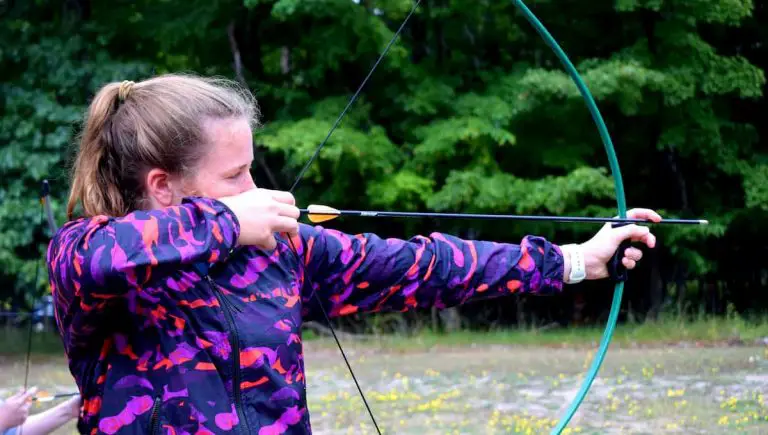How To Build a Treehouse Without Hurting the Tree in the Process

Having a treehouse can be a fun escape not only for kids, but for adults also. But the thought of building a treehouse into and around a tree might make you wonder if this is hurting the tree in the process. If you’re wondering how to build a treehouse without hurting the tree, your’e not alone. Is this possible to do though?
You can build a treehouse without hurting the tree too badly by utilizing special construction methods and techniques that allow you to avoid unnecessary damage to the tree. Investing in specialized fixtures like TABs (Treehouse Attachment Bolts) can also help to minimize damage to the tree.
While it’s not possible to completely avoid damage to trees when building treehouses, there are alternatives you can take that will help prevent you from destroying the tree in the process.
Did you know that there are also ways to heal trees if damage occurs? We’re going to cover safe methods and practices to take when building treehouses, as well as everything you need to know about repairing damaged trees in the sections below.
Are Treehouses Bad For Trees?
While treehouses can be a great addition to your property, the truth is they can contribute stress to the tree over time. No matter how you put it, it is unnatural for you to put a structure into a living organism.
However, this doesn’t mean that building a treehouse cannot be done, because it can – only if done right. The good news is that trees are resilient. They can find ways to recover from the damage and continue to grow healthily.
So don’t fret if you feel guilty about building a treehouse. You can do it safely and in a way that doesn’t create wounds or bring significant stress to trees.
So what are the usual ways to build trees? Are they safe, and will they spare the tree from damages? There are two ways to build your treehouse – by hammering and nailing. In the next section, we will discuss each method and how it may or may not hurt trees during the treehouse building.
Drilling: Is It Bad To Drill Into A Tree?
Drilling screws into trees is a fast and easy way of putting a platform on trees. People, professional or otherwise, who are into backyard construction projects do it all the time. But will drilling into a tree kill it? No, it won’t, but the method will inevitably wound it.
There is a need to drill into a tree to achieve a clean hole for screws to be placed. Drilling is also necessary if you need to put up support wires, as in the case of a tree that is at risk of falling over. You can still do all of these without feeling guilty about the tree’s state.
You should have a basic understanding of tree anatomy and growth if you want to drill a hole through a tree safely. Drilling means that you are penetrating the outer bark, which serves as a protective layer for the trees. Once compromised, you are subjecting the tree to potential diseases and pathogens. To remedy this, we’ve put together some tips on how to drill into a tree without hurting it.
How To Drill Into A Tree Without Hurting It

The bark functions the same way that skin does for a human – it protects what’s inside. And just like having a cut, you need to treat the wound so it won’t get infected. The same goes for trees; if you wound it, then treat it.
One of to at least protect the tree while drilling through it spraying on the wound. Most arborists use pruning paint to seal the injury. If you need one, try checking out Tangleproof Pruning Sealer. Should you drill through the trunk, apply the paint after to prevent potentially harmful foreign particles from entering the inner layers of the tree.
Does It Hurt To Put Screws In Trees?
Screws are necessary to offer extra support to fixtures. However, for the fixtures to be sturdy, you need to put in several screws. In the case of a treehouse, that won’t be such a good idea because yes, screws hurt trees.
If you have to use screws, reserve it for flooring, wall panels, and framing only and only use a few as much as possible. Also, you should use stainless steel screws to avoid rust formation over time.
Can You Screw Into A Tree Without Hurting It?
Screwing into a tree will technically hurt the tree. However, trees, specifically healthy ones, can easily bounce back from the damage because of tree compartmentalization. Tree Compartmentalization means that the tree starts to protect the wounded area by preventing diseases spread and decay. They do this by forming layers or “walls” around the affected area.
Hammering: Does Hammering A Nail In A Tree Kill The Tree?
Hammering a nail is considered an invasive act that will cause damage to a tree. After all, the tree is a living organism. However, it will still depend on the extent of damage you are causing as well as the overall health and state of a tree – whether it’s a tough, healthy mature one or a juvenile or really old tree.
Generally, a small-sized nail won’t cause significant damage because it will likely be driven an inch into the bark. This may be considered only a minimal wound that the tree can compartmentalize on. The real concern lies in the state of the tree, as mentioned.
For instance, you are hammering into a young and small tree or a tree with existing decay problems. In these trees, the nail may penetrate the plant tissues responsible for transporting nutrients and water throughout the tree. As a result, the tree will be unable to heal or compartmentalize itself, which will further lead to stress and more health problems.
Is It Okay To Nail Into A Tree?
All in all, it is acceptable to hammer a nail into a tree for your treehouse because of the insignificant damage it can cause. The nail will stay where it is, but the tree could grow around it.
This becomes a problem if the nail will no longer be visible, and someone comes to cut through the tree with a chainsaw without knowing beforehand about the nail. To minimize damage from hammering a nail into a tree, experts recommend using galvanized nails that will prevent rust formation.
Do Copper Nails Kill Trees?
To answer bluntly, yes, copper nails can kill trees but in a rather very slow manner. For copper nails to kill a tree, they must be long enough to penetrate the cambium or the growth layer. And there should be many of them driven into the tree to cause serious damage.
Again, the overall health state of the tree is also a factor. Unless you plan to drive tons of extra-long copper nails into a tree, hammering nails won’t seriously hurt the tree.
Will Rusty Nails Kill A Tree Then?
For the same reasons and considering the factors mentioned above, no, rusty nails won’t kill a tree per se. However, what hammering a rusty nail can do to the tree is making a pathway for disease and pests to gain entry and causing it harm.
What Is The Best Way To Attach A Treehouse To A Tree?
By now, you want to know some tips on how to attach a treehouse without doing significant damage to a tree. Keep in mind that hammering and drilling won’t damage a tree to the point of death, but it is harming the tree nonetheless.
Making a treehouse safe for both you and the tree all boils down to choosing the right tree and using items and methods that have the least impact.
Choosing Your Tree
You could have a mature, strong tree like an oak in your backyard, and you would love to put up a treehouse for the family up there. This will be totally fine as oak is known to be a hardy tree that can sustain damage pretty well. Other good trees for tree houses include maple, beech, cedar, and hemlock.
On the other hand, small, young, and thin-barked trees won’t be great options. In this case, you’re better off leaving them alone and forgetting about making a treehouse with it. Reserve your construction projects for healthy and mature trees.
Avoid Tying A Rope
One thing to keep in mind is never to tie a rope around the tree. Having a rope is almost a must for a treehouse as it is used for swings or ladders as. However, ropes can scrape the bark with the friction caused by climbing or swinging the rope. Moreover, tying a rope around the trunk is basically strangling the tree.
Choose The Right Materials
The choice of materials to build your treehouse will matter if you’re too concerned about the damage you inflict on trees. Below are some recommendations of materials to use for your treehouse
Ropes
If you need something to tie around a branch, use an inch-and-a-half thick of a strap. Make sure you keep an eye on it periodically to loosen it. For swings or climbing ropes, go for items that use thick straps to attach to branches. Check out this Jungle Gym Kingdom playground set.
Nails, Screws, and Staples
If nails, screws, and staples are necessary, here are some tips to remember:
- Choose stainless steel items
- Use as few nails, screws, and staples as possible. More holes mean more stress for the trees, making them more vulnerable to diseases and pest infestations. Depending on the age and health of your tree, ten holes would be enough to damage the tree.
Specialized Materials

Using specialized materials such as tree attachment bolts (TABs) can immensely help your treehouse project without significant damage to trees. With TABs, you will only be required to do a few penetrations to secure the bolts, and they’re already capable of supporting 8,000 to 10,000 pounds of force.
TABs work best with treehouse brackets, which should give you a robust platform to support a heavy load safely. Lag bolts for a treehouse are also useful when TABs are not necessary. In this case, lag bolts support lighter platforms.
You can check out Tree House Supplies for all your treehouse construction needs.
Post-Care

Since damage is inevitable when building treehouses, the best you can do is to help the tree recover. Mulching is one way as it aids in root insulation, allowing trees to retain moisture that should contribute to the healing and recovery.
Trees need to be hydrated, all the more after sustaining some form of damage. Make sure you don’t water the areas where you’ve driven nails or screws in. This will contribute to rot and decay, which can further stress the tree.
Feeding your trees can also boost their health, allowing them to recover much better. In this case, you will need organic biostimulants, such as BioAdvaned Tree Food, to stimulate and enhance tree growth.
After the construction has been completed, that’s not likely the end of it. Yearly maintenance is required to make sure your treehouse remains sturdy and safe for users. At the same time, it is necessary so you can perform a health check on a tree.
Conclusion:
There are various ways to build a treehouse without hurting the tree, but you can never entirely eliminate the negative impact of this type of project. When building a treehouse is necessary, the first thing you need to understand is its effect on the trees.
Trees are generally hardy and resilient and will recover from the drilling and hammering. But this will depend on how you build your tree and the kind of tree you go for.
That said, it is equally important to carefully plan your project so as not to make mistakes in the process. If you need help, work with an arborist to give you advice on tree health. If your resources permit, work with a professional treehouse construction company that puts tree health as one of their top priorities.






